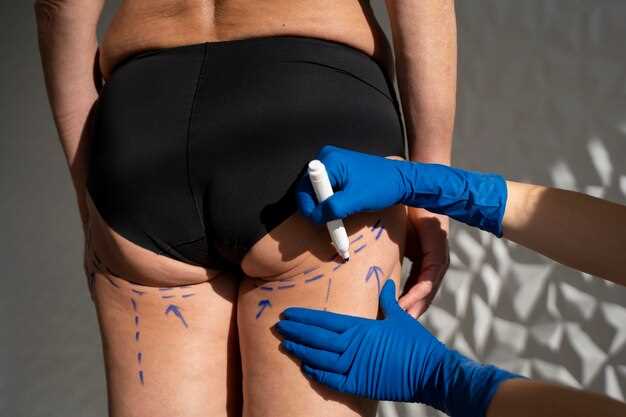
In the realm of bodywork techniques, the use of filler has become a topic of considerable interest and debate. As practitioners seek to refine and perfect the surfaces they work on, the application of fillers can significantly influence the final outcome. Understanding the dynamics of filler materials is crucial in achieving optimal results, especially when combined with traditional methods like sanding.
Fillers serve multiple purposes in bodywork, ranging from correcting minor imperfections to enhancing the overall appearance of a surface. They can bridge gaps and provide a smooth foundation for subsequent treatments. However, the reality of using fillers is not without its challenges. The choice of materials and application techniques can greatly impact the longevity and effectiveness of the repair, making it essential for professionals to be well-informed and skilled in their use.
Moreover, while fillers can improve the aesthetic appeal of a surface, they require meticulous attention during the sanding process. Effective sanding can both reveal flaws and enhance the integration of the filler with the underlying material. The balance between effective application and proper finishing is a constant consideration for bodywork specialists, shaping the ongoing conversation around best practices in the industry.
Understanding Different Types of Body Fillers and Their Applications
Body fillers are substances used in aesthetic and reconstructive procedures to enhance or restore the shape and volume of various body parts. These materials vary in composition, properties, and applications, making it essential to understand the different types available and their appropriate uses.
One of the most common types of body fillers is hyaluronic acid. This naturally occurring substance in the body helps retain moisture and provides volume. Hyaluronic acid fillers are frequently used for facial enhancements, such as lip augmentation and wrinkle reduction, but they also find applications in body procedures, like buttock enhancement and hand rejuvenation.
Another popular category is calcium hydroxylapatite fillers, which are thicker and provide more substantial volume compared to hyaluronic acid. They not only enhance the form but also stimulate collagen production in the skin. These fillers are ideal for deeper wrinkles and hollows, making them suitable for areas like the cheeks and jawline.
Poly-L-lactic acid fillers are unique as they work over time to stimulate collagen production, gradually restoring lost volume. They are typically used in larger treatment areas, such as the buttocks, and require multiple sessions to achieve optimal results. This makes them a longer-term solution for improving body contours.
Semi-permanent fillers, such as polymethyl methacrylate (PMMA), provide a more lasting solution. PMMA fillers contain microspheres that create a support structure within the skin, offering a durable enhancement. These are commonly used in body contouring for defining shapes, such as in the breasts and thighs, providing a lasting outcome.
Each type of filler has specific applications based on its characteristics. Factors such as injection technique, area of application, and desired results must be considered to choose the appropriate filler. Understanding these variants ensures practitioners can achieve optimal outcomes while enhancing patient satisfaction.
Step-by-Step Process of Sanding and Preparing Surfaces for Filler Use

Preparing a surface for filler application is crucial for achieving a smooth, durable finish. The process begins with thorough cleaning of the area to remove any dirt, grease, or old paint. Use a suitable cleaner that won’t leave residues, and allow the surface to dry completely before proceeding.
Next, assess the surface to identify any imperfections, such as dents or scratches, that need to be addressed. Use coarse-grit sandpaper (around 60-80 grit) to sand these areas, focusing on blending the edges of the damage with the surrounding surface. Ensure that you sand in a consistent manner, applying even pressure to avoid creating additional unevenness.
After removing any raised imperfections, switch to finer-grit sandpaper (around 120-220 grit) to smooth the surface further. This step is essential for creating a better bond between the filler and the surface. Sand in circular motions or back-and-forth strokes, being careful not to sand too aggressively, which can lead to further damage.
Once the surface is smoothed out, thoroughly clean it again to remove any dust or debris created during sanding. A vacuum or a tack cloth can be effective for this purpose. This cleaning step ensures that the filler adheres properly without interference from particles.
Finally, inspect the surface one last time. If necessary, repeat sanding in any areas that still feel rough or uneven. Once satisfied with the surface condition, you are ready to apply the filler. Following this step-by-step process enhances the likelihood of achieving a seamless and professional result in bodywork techniques.
Common Mistakes to Avoid When Working with Body Fillers in Auto Restoration

When working with body fillers in auto restoration, avoiding common mistakes can significantly improve the quality of your work. One of the first errors is insufficient surface preparation. Proper sanding of the area where the filler will be applied is crucial. Ensure that the surface is clean, free of rust, and thoroughly sanded to enhance adhesion.
Another frequent mistake is applying the filler too thickly in one go. Instead of building up the filler in large layers, apply it in thin coats. This approach allows for better curing and reduces the risk of cracking or shrinking. If thick layers are necessary, allow each coat to cure properly before adding another.
Timing during the curing process is also essential. Rushing to sand filler before it has fully cured can lead to uneven surfaces. Always follow the manufacturer’s instructions for curing times and avoid temptation to speed up the process.
Inadequate sanding after the filler has dried is a mistake that can undermine the whole restoration effort. Utilize the right grits of sandpaper progressively; start with a lower grit to shape the filler and move to finer grits for smoothing. This ensures a seamless transition between the body filler and the surrounding metal.
Finally, pay attention to the final finish. Neglecting the application of primer over the sanded filler can result in an uneven surface when painting. Make sure to properly prime the area to create a uniform base that allows for better paint adhesion.






